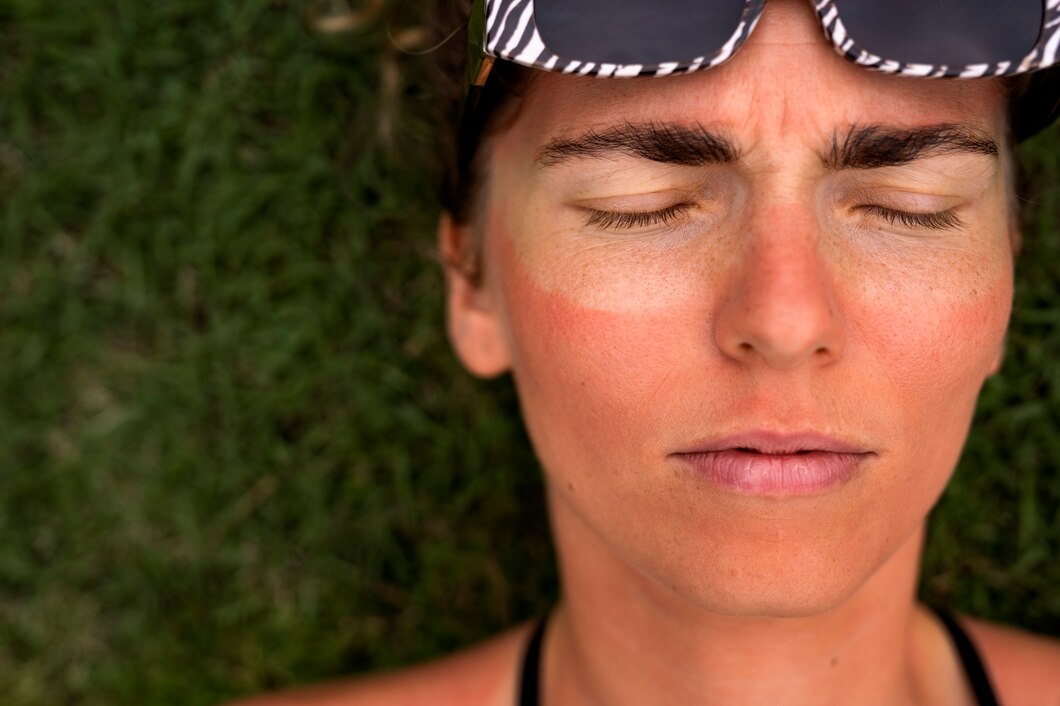While spending time under the sun is a delightful way to enjoy the outdoors, it can sometimes lead to skin reactions. Sunburn and sun allergies are two common conditions associated with sun exposure, but they differ in their causes, symptoms, and treatment approaches. Let’s delve into the distinctions between sunburn and sun allergies to better understand these skin reactions.
Sunburn:
Causes:
- Sunburn is primarily caused by overexposure to ultraviolet (UV) radiation from the sun. UVB rays penetrate the top layer of the skin, leading to damage and inflammation.
Symptoms:
- Redness and inflammation of the skin
- Pain and tenderness
- Peeling as the skin heals
- Dehydration and sometimes fever in severe cases
Prevention and Treatment:
- Prevention involves using sunscreen, wearing protective clothing, and seeking shade.
- Treatment includes cooling measures, hydrating the skin, and using over-the-counter pain relievers.
Sun Allergies:
Causes:
- Sun allergies, also known as photosensitivity, occur when the immune system reacts abnormally to sunlight. This reaction can be triggered by certain medications, substances applied to the skin, or underlying medical conditions.
Symptoms:
- Itchy rash or hives
- Redness and small blisters
- Swelling and tenderness
- In severe cases, systemic symptoms like nausea or headache
Prevention and Treatment:
- Prevention involves identifying and avoiding triggers, such as specific medications or chemicals.
- Treatment may include antihistamines, corticosteroid creams, and, in severe cases, systemic corticosteroids prescribed by a healthcare professional.
Key Differences:
Cause:
- Sunburn is caused by UV radiation damaging the skin cells.
- Sun allergies result from an abnormal immune response to sunlight-triggered by various factors.
Symptoms:
- Sunburn presents with redness, pain, and peeling.
- Sun allergies manifest as an itchy rash, hives, or blisters.
Triggers:
- Sunburn is triggered by excessive UV exposure.
- Sun allergies can be triggered by medications, certain substances on the skin, or underlying health conditions.
Timing of Symptoms:
- Sunburn symptoms typically appear shortly after sun exposure.
- Sun allergy symptoms may not manifest immediately and can develop hours to days after sun exposure.
Treatment Approach:
- Sunburn treatment involves cooling measures, hydration, and pain relief.
- Sun allergy treatment may involve antihistamines, corticosteroid creams, and addressing underlying causes.
Understanding the differences between sunburn and sun allergies is crucial for effective prevention and management. While sunburn is a direct result of UV exposure, sun allergies involve a complex immune response. If you experience severe or persistent symptoms, consulting a healthcare professional is advisable to determine the appropriate course of action for your specific condition.








